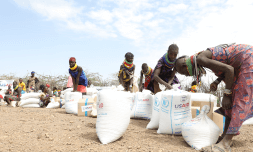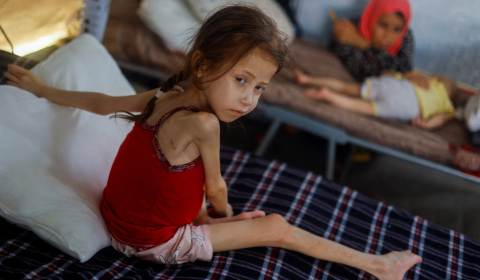For the first time, Canada has announced plans to reduce its share of temporary residents. The move highlights growing anti-immigration sentiment worldwide.
Canada has long been somewhat of a haven for foreign visitors, whom it relies heavily on for economic growth. But in a major u-turn, the country has announced plans to scale back on its number of temporary residents in an effort to curb immigration levels.
Outlined in a recent government proposal, officials have said the country aims to reduce the number of temporary residents, including foreign workers and international students, by 20% over the course of three years. The decision signals a departure from Canada’s traditionally open-door approach to immigration.
The proposed cap reflects a broader global shift towards more restrictive immigration policies, fueled by a combination of economic anxieties, security concerns, and nationalist sentiments.
Immigration Minister Marc Miller said on Thursday that he will be consulting provincial and territorial counterparts to finalise an annual target for the number of temporary residents in Canada.
‘As global conditions change, as our labour market tightens and as the types of skillsets we look for in our future workforce evolves, so should our policies’ Miller said at a press briefing. ‘We need to be more strategic in how we assess demand and the international students and temporary foreign workers that we are welcoming’.
As it stands, 42% of Canada’s temporary residents are students, meaning the shift will disproportionately impact young people and those who are generally less financially secure.
In addition to students, 44% are workers under the international mobility program, which includes post-graduate work permits, spousal work permits for students, and workers arriving through inter-company transfers or arrivals through humanitarian pathways, including those fleeing Ukraine.
BIG BREAKING – Canada will now set up annual targets for temporary residents beginning in the fall of 2024 as are set for permanent residents with a target of decreasing temporary residents population by 5%
Get full details here
https://t.co/cpzYdb2ccu pic.twitter.com/syoAx7Dzqa
— INC – Immigration News Canada

(@CanadaImmigra20) March 21, 2024
‘If you look at those large categories, there are ones that we don’t control. For example humanitarian categories’ Miller said. ‘We are just now starting to get control over the student category, which is a very large part of that, but it is also a part that generates billions of dollars for provincial economies.’
Miller’s words nod to Canada’s mounting concerns around overpopulation amid a housing crisis. Just last year, the government imposed a two-year cap for new international students and restricted work permits for post-graduates and their spouses.




















